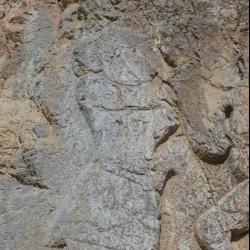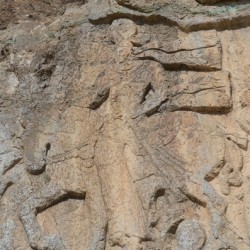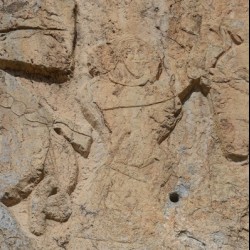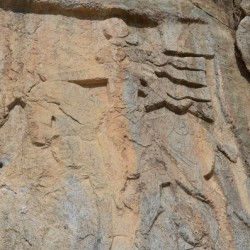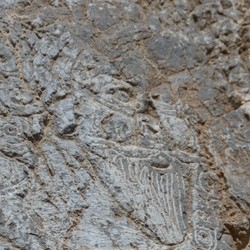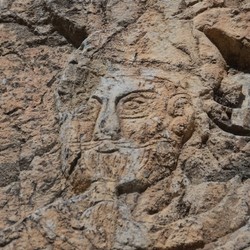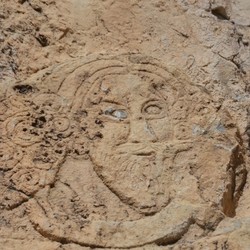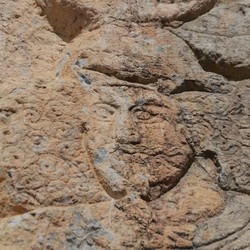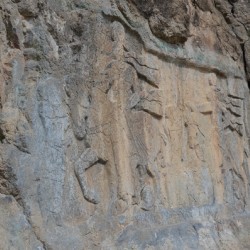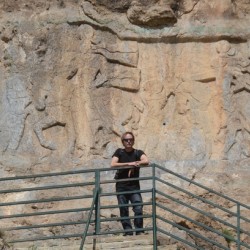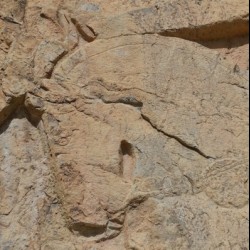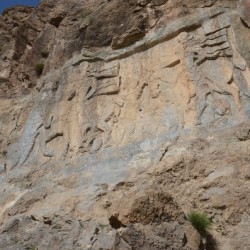Salmas
Q765806Salmas: town in northwestern Iran, site of a Sasanian rock relief.
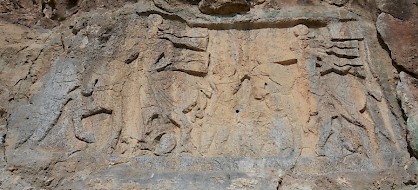
About eight kilometers southeast of modern Salmas, along the modern highroad 11 to Orumiyeh, an ancient Sasanian rock relief overlooks a fertile plain. It is situated to the left of the road, on a cliff, and faces the southwest. On the relief, you can see two kings on horseback, who both seize a man, standing in front of the horse, by the arm. Comparison with similar reliefs (Bishapur II, III, Naqš-e Rustam VI) proves that this means that a Sasanian king has captured a foreign enemy.
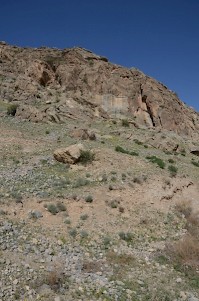
The two Sasanian cavalrymen are probably identical to Ardašir I (r.224-241) and his son and successor Shapur I (r.241-272); this is not fully certain but their caps resemble the crowns shown on their coinage and on other reliefs. The two captives may have been seized during a war which these Sasanian leaders fought together, and it is likely that the captives are identical to king Khusrau of Armenia and his vizier. If this is correct, the relief must have been made in c.241 CE, when Shapur succeeded his father.
In any case, this relief is quite early. When it was created, a Sasanian style had not yet been invented, and like other reliefs from the reign of Ardašir I (Firuzabad I and II), the Salmas relief shows characteristics that were not repeated in later Sasanian rock reliefs. The relief at Salmas still shares characteristics with Parthian art, like relief IV at Sar-e Pol-e Zahab.
An interesting feature is that it is not a real relief. The artists have essentially flattened a piece of rock, made a very detailed drawing on it, and cut the lines into the rock. After that, they removed the background. It is not bas-relief, on which the parts of the body are shown more or less as round shapes, but remains an essentially two-dimensional representation.
The description by Vanden Berghe (below) is not fully accurate.
References
The relief is included as #54 in Louis Vanden Berghe’s Reliefs rupestres de l’Iran ancien (1984).
